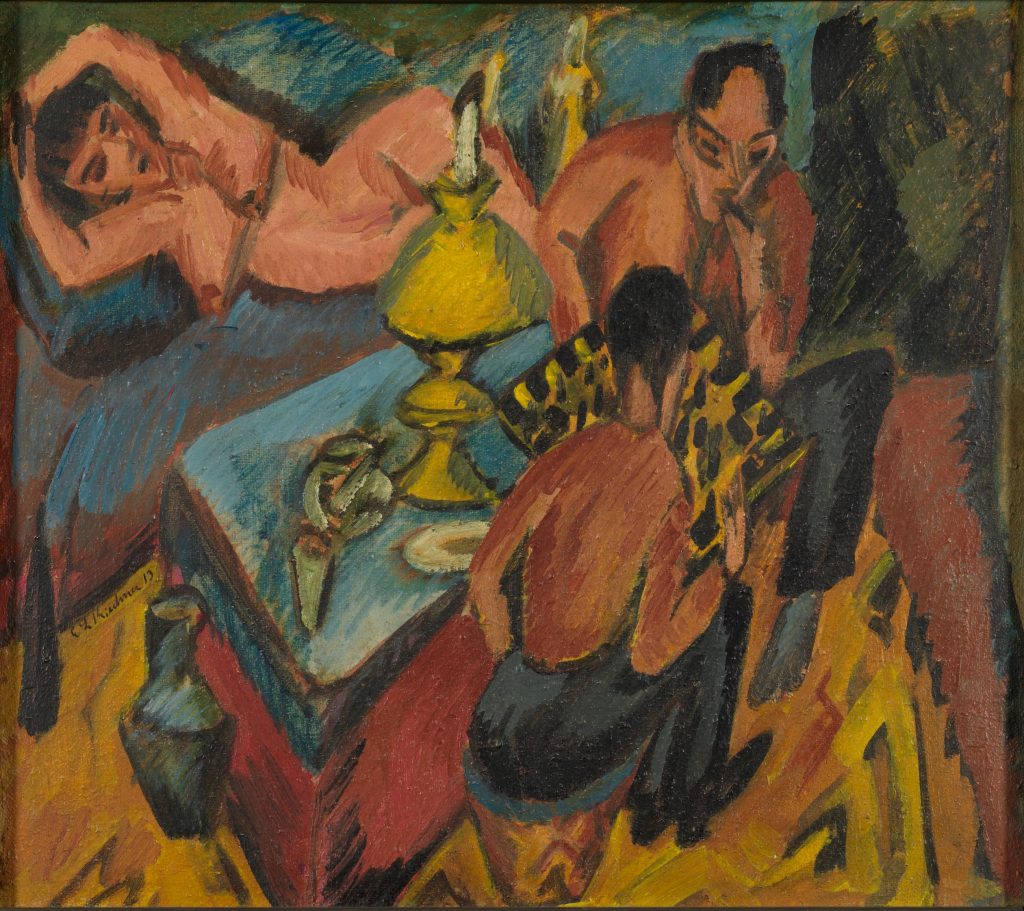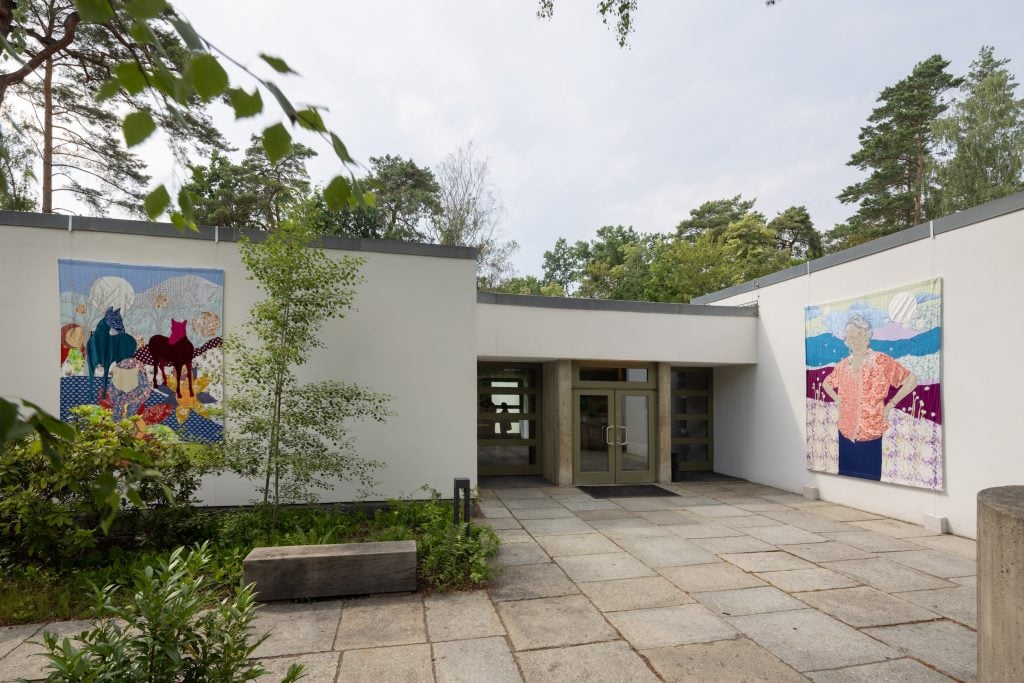Law & Politics
A Berlin Museum Settles With Jewish Heirs to Keep a Contested Kirchner Painting
Victor Wallerstein was forced to sell the painting after both Nazi persecution and discrimination in Italy.

Victor Wallerstein was forced to sell the painting after both Nazi persecution and discrimination in Italy.

Brian Boucher

An important painting by Ernst Ludwig Kirchner, sold under duress by Jewish collector and dealer Victor Wallerstein during World War II, can stay in its current home, Berlin’s Brücke Museum, after a settlement between the museum and Wallerstein’s heirs. The museum acquired the 1913 painting, Erich Heckel and Otto Mueller Playing Chess, on the open market in 1943.
The piece will go on view in September as part of the exhibition “Biographies of Modern Art: Collectors and their Works,” which results from research into the provenance of its collection and highlights nine Jewish collectors.
“For me, a transparent and responsible approach to researching the provenance of works in our collection is one of the most urgent tasks of museum work,” said Lisa Marei Schmidt, the museum’s director. “The injustice of Nazi persecution and the suffering it caused is a great obligation for us. I am therefore all the more pleased that a fair and just solution has been found with regard to Kirchner’s painting Erich Heckel and Otto Mueller Playing Chess. The fact that this wonderful work, which is a highlight of Kirchner’s Berlin oeuvre, may remain in the Brücke-Museum is particularly valuable. At the same time, it is important to me to preserve the memory of its former owner, Dr Victor Wallerstein.”
The painting is staying with the museum in keeping with the Washington Principles, established in 1998, which require compensation to the heirs. The funds for the settlement, the amount of which is being kept confidential, come from the Senate Department for Culture and Social Cohesion, the Federal Government Commissioner for Culture and the Media, the Cultural Foundation of the Federal States, and the Ernst von Siemens Art Foundation.

The Brücke-Museum in 2023 during the exhibition “Malgorzata Mirga-Tas. Sivdem Amenge. Ich nähte für uns. I sewed for us.”
With fellow-dealer Fritz Goldschmidt, Wallerstien (1878–1944) founded Galerie Goldschmidt-Wallerstein in Berlin in 1919; the gallery’s program prominently included artists from the Die Brücke group, which included Kirchner, Heckel, and Mueller, along with Emil Nolde, Karl Schmidt-Rottluff, and Max Pechstein.
The gallery closed in 1934 as a result of the Nazis’ rise to power, and the partners liquidated the business two years later. Wallerstein fled to Italy, taking the Kirchner painting with him. But, due to Italian racial laws, he was unable to work, and he had to sell the painting around 1940. He was ultimately arrested by the SS, the German secret police, and died in a Florence hospital in 1944.
The painting shows his fellow artists absorbed in a game of chess as the artist’s partner, Erna Schilling, lies nude on a couch behind them. The museum considers it an especially important example since the Brücke group would dissolve just a year later.
Initiated by Schmidt-Rottluff in 1964 and built on a donation from the artist to the government, the museum opened in 1967 in Berlin’s Dahlem district.
“I am delighted that Ernst Ludwig Kirchner’s painting Erich Heckel and Otto Mueller Playing Chess, which is of national cultural importance, can remain in Berlin,” said Markus Hilgert, General Secretary of the Cultural Foundation of the Federal States. “The Brücke-Museum is the ideal place to show the work in its art-historical, regional and, above all, provenance-historical context. I am particularly pleased that the role of the collector Victor Wallerstein, exemplary for many Jewish biographies, is now being honored by the museum.”